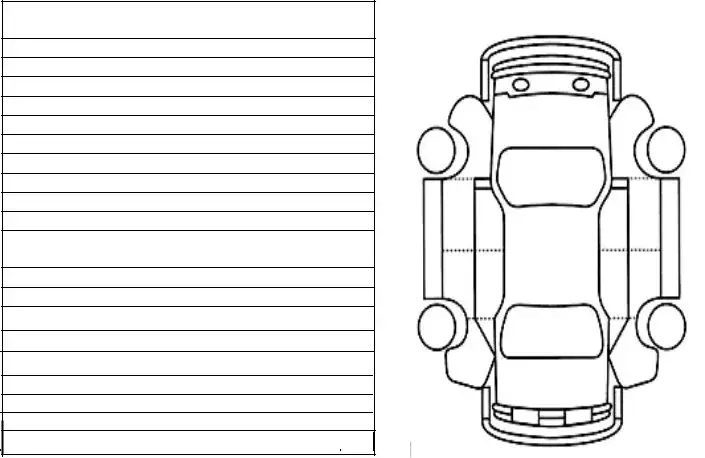Blank Police Vehicle Checklist PDF Template
The Police Vehicle Checklist form is a detailed document designed to ensure that every police vehicle is thoroughly inspected before use. It covers everything from engine oil levels to the functionality of emergency lights, aiming to maintain the safety and readiness of the vehicle. For those looking to ensure their vehicle meets all necessary standards, complete the form by clicking the button below.
Make This Document Now

